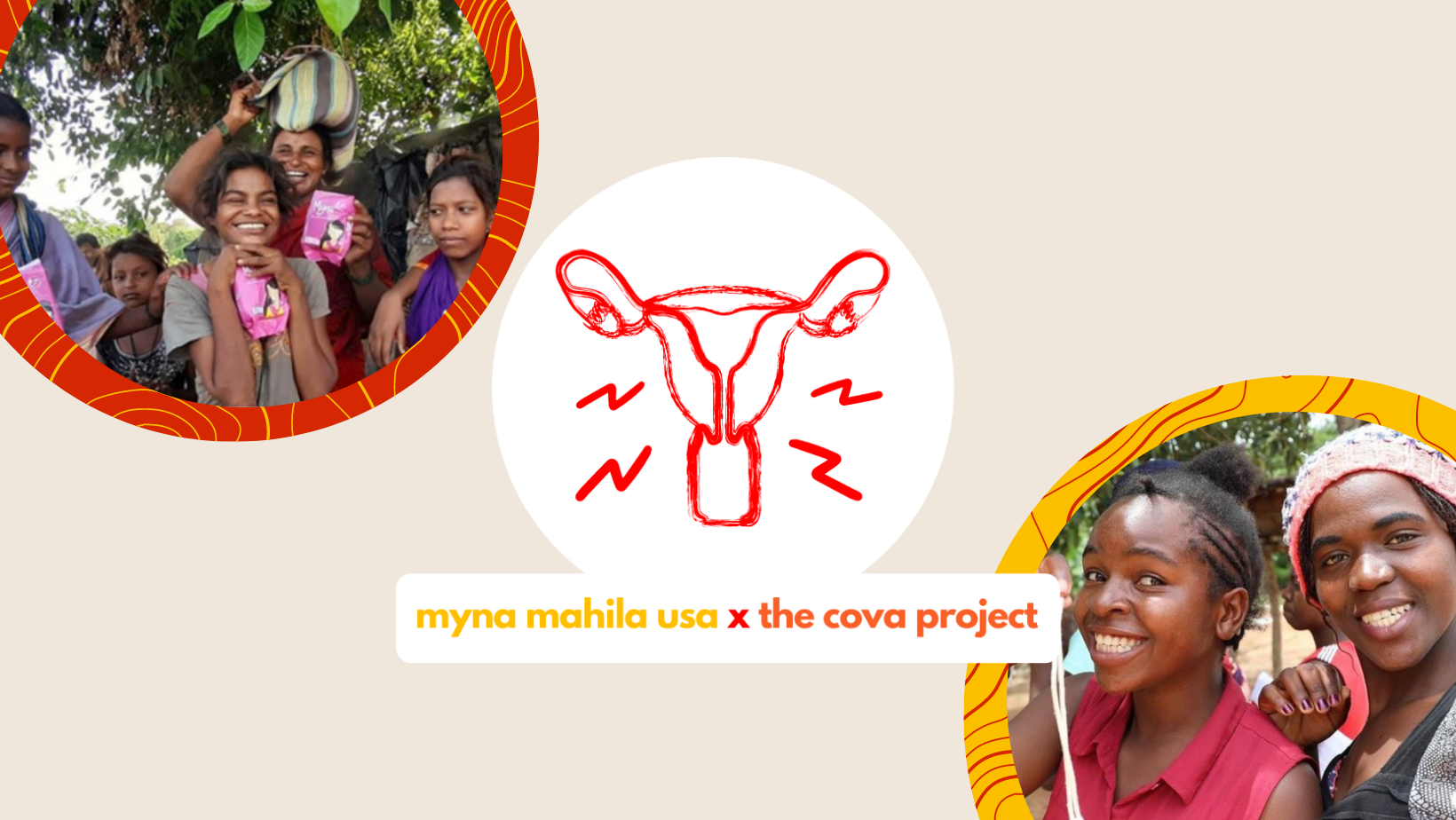The Period Pain Cam-Pain
In August of 2020, as the Program Lead for Myna Mahila USA, I had the opportunity to connect with Geena Dunne, Founder and Executive Director of The Cova Project, for the very first time. Our organizations shared the same core mission of bringing awareness to and facilitating on-the-ground work fighting against period poverty, and we hoped to learn more about the others’ work.
But as we fell into discussion, another pressing, less-discussed issue emerged: period pain.
We discussed the difficulties of providing period pain support, despite its demand by the women we served in India and in Africa. In particular, Geena noted that “The Cova Project provides practical solutions to a lack of sanitary products, but when it comes to period pain, we have nothing.” Of the 90 menstruators surveyed by The Cova Project in Liberia and Malawi, 45 said period pain was the worst part of menstruation1.
Millions of menstruators are globally suffering from period pain. Period pain is the most common menstruation-related cause of short-term school absenteeism among young girls and yet the awareness surrounding it ranges from very little to none. Even in western nations with lesser stigma, conversations surrounding period pain are kept hushed and the most frequent response from others—even fellow menstruators—is to “suck it up and push through.”
And so we vented about our own frustrations with period pain, as well as the helplessness that came with hearing so many girls beg for period pain relief we couldn’t provide. We became more and more determined that the issue needed to be addressed, and I left the call committed to start a conversation around destigmatizing period pain. And thus, the Period Pain Cam-Pain was born--it’s time to end the myth that debilitating period pain is the norm for all menstruators!
By Juhi Pandit
https://www.thecovaproject.com/our-story
Femi-Agboola, Damilola M et al. “Dysmenorrhea and Its Effects on School Absenteeism and School Activities among Adolescents in Selected Secondary Schools in Ibadan, Nigeria.” Nigerian medical journal : journal of the Nigeria Medical Association vol. 58,4 (2017): 143-148. doi:10.4103/nmj.NMJ_47_17

